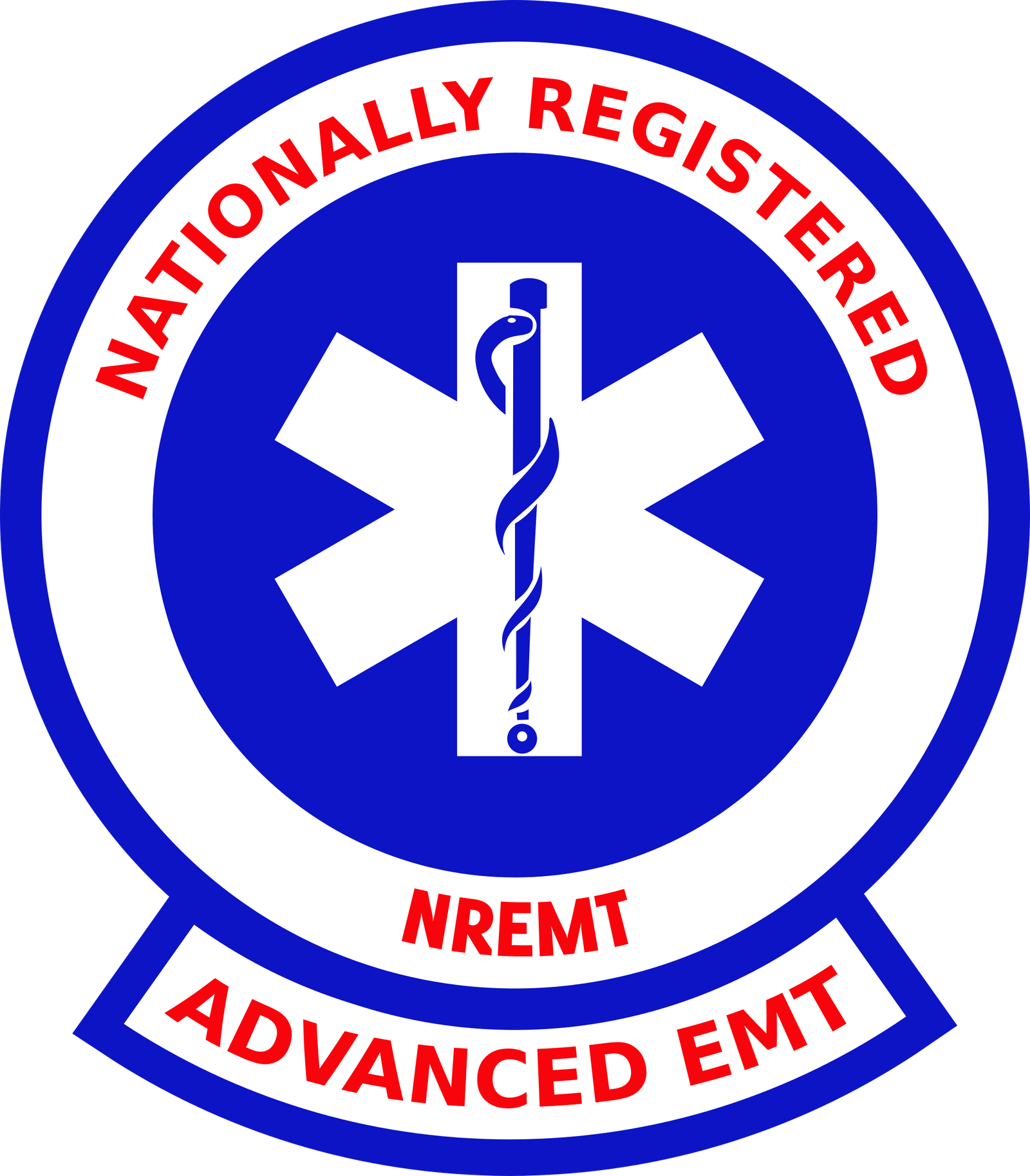
Validity refers to how accurately an examination assesses its intended content.
This is critical for high-stakes examinations used to make important decisions about a candidate’s competence, such as those administered by the National Registry.
Valid examinations provide reliable results — a true reflection of the candidate’s knowledge and skill set — ensuring fairness and legal defensibility.


Psychometrically sound examinations are valid, reliable, and legally defensible.
They accurately measure their intended content, produce consistent results over time, and support important decisions about candidates’ competence.
Achieving this requires adherence to industry best practices and standards in the design, development, delivery, and maintenance of evaluations.
Best Practices are recommended approaches or methods that have been shown through experience and research to produce optimal results.
Standards are formalized requirements or specifications established by authoritative bodies or industry consensus. They are typically mandatory or strongly encouraged and ensure consistency, compliance, and uniformity across practices.

Legally defensible examinations are those designed and administered to meet legal and professional standards, ensuring they can withstand scrutiny in legal contexts.
This involves demonstrating that the examinations are valid (accurately measure what they are intended to measure), reliable (produce consistent results over time and conditions), and psychometrically sound (adhere to established principles of development and evaluation).
Compliance with these criteria ensures fairness, protects against bias, and supports the use of examination results in high-stakes decision-making.

The National Registry’s examinations align with four distinct practice analyses, one for each EMS level.
These analyses provide a detailed overview of the responsibilities and skills at each level by examining the frequency and criticality of patient encounters and required knowledge, skills, and abilities.
They serve as the foundation for test specifications, ensuring that each examination reflects the real-world experiences of EMS Clinicians.
National Registry Certification Levels:

Nationally Registered Emergency Medical Responder (NREMR)

Nationally Registered Emergency Medical Technician (NREMT)

Nationally Registered Advanced Emergency Medical Technician (NRAEMT)

Nationally Registered Paramedic (NRP)

The National Registry’s examinations are developed and administered with rigorous security measures that align with and exceed industry standards.
Secure administration is ensured through a partnership with Pearson VUE, which delivers the examinations at secure facilities or via secure live remote proctoring.
The development process includes robust security protocols and redundancies, such as maintaining an extensive bank of examination items (questions). While unlikely, if questions or entire versions of the examination are compromised, this system allows for their seamless replacement.
These measures ensure the integrity of the examinations, support fairness and reliability, and above all, protect public safety.

As a nonprofit organization, the National Registry keeps examination costs low while ensuring high-quality development and secure administration. Nearly 50% of revenue is allocated to seat time at secure in-person facilities or through secure live remote proctoring.
Cost comparison with other professional examinations:

